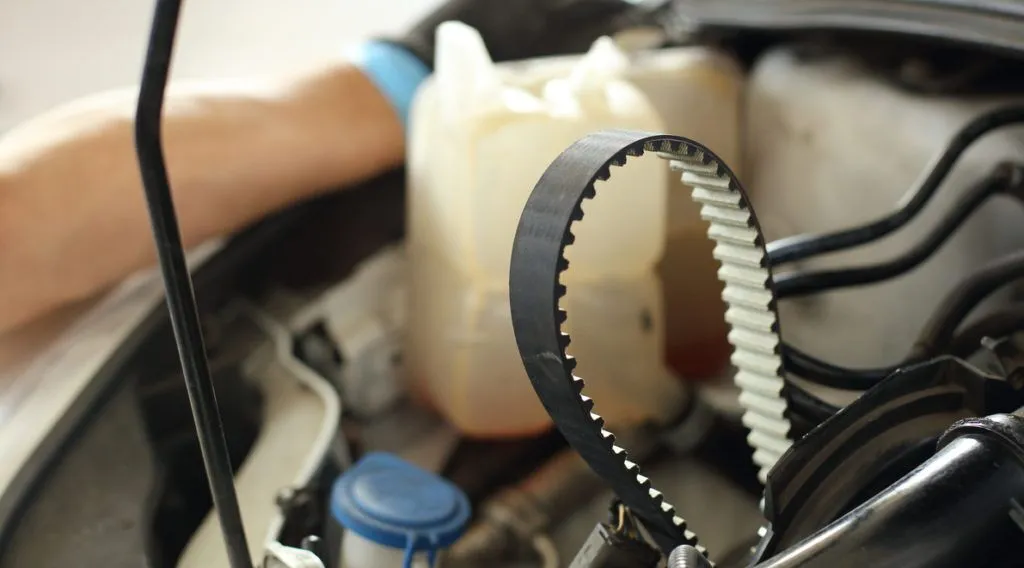- Arabic
- French
- Russian
- Spanish
- Portuguese
- Turkish
- Armenian
- English
- Albanian
- Amharic
- Azerbaijani
- Basque
- Belarusian
- Bengali
- Bosnian
- Bulgarian
- Catalan
- Cebuano
- Corsican
- Croatian
- Czech
- Danish
- Dutch
- Afrikaans
- Esperanto
- Estonian
- Finnish
- Frisian
- Galician
- Georgian
- German
- Greek
- Gujarati
- Haitian Creole
- hausa
- hawaiian
- Hebrew
- Hindi
- Miao
- Hungarian
- Icelandic
- igbo
- Indonesian
- irish
- Italian
- Japanese
- Javanese
- Kannada
- kazakh
- Khmer
- Rwandese
- Korean
- Kurdish
- Kyrgyz
- Lao
- Latin
- Latvian
- Lithuanian
- Luxembourgish
- Macedonian
- Malgashi
- Malay
- Malayalam
- Maltese
- Maori
- Marathi
- Mongolian
- Myanmar
- Nepali
- Norwegian
- Norwegian
- Occitan
- Pashto
- Persian
- Polish
- Punjabi
- Romanian
- Samoan
- Scottish Gaelic
- Serbian
- Sesotho
- Shona
- Sindhi
- Sinhala
- Slovak
- Slovenian
- Somali
- Sundanese
- Swahili
- Swedish
- Tagalog
- Tajik
- Tamil
- Tatar
- Telugu
- Thai
- Turkmen
- Ukrainian
- Urdu
- Uighur
- Uzbek
- Vietnamese
- Welsh
- Bantu
- Yiddish
- Yoruba
- Zulu
Дек . 12, 2024 09:40 Back to list
car drive belt
Understanding Car Drive Belts The Unsung Heroes of Your Vehicle
In the intricate world of automotive engineering, various components work in harmony to ensure that your vehicle runs smoothly and efficiently. Among these components, the drive belt—a relatively small but crucial part of the engine—often goes unnoticed until it shows signs of wear or, worse, failure. This article delves into the function, types, maintenance, and signs of failure of car drive belts, shedding light on why they deserve more attention from vehicle owners.
What is a Drive Belt?
Drive belts, commonly known as serpentine belts or V-belts, are essential components in an internal combustion engine. Their primary function is to transfer power from the engine’s crankshaft to various peripheral devices, such as the alternator, water pump, power steering pump, and air conditioning compressor. This power transfer is critical for the operation of these systems, making the drive belt a vital link in the drivetrain.
Most modern vehicles utilize serpentine belts. These belts are flat and ribbed, allowing them to grip multiple pulleys effectively. The design enables a single serpentine belt to power several accessories, simplifying the engine compartment and reducing weight compared to older vehicles that might have used multiple V-belts.
Types of Drive Belts
While the serpentine belt has become the standard in contemporary vehicles, it is essential to understand the different types of drive belts that exist
1. Serpentine Belts As mentioned earlier, these are single, continuous belts that loop around several pulleys, driving multiple engine accessories.
2. V-Belts These are narrower and have a V shape that fits into pulleys. They are typically used in older vehicles and may still be found in some newer models, particularly in specific applications.
3. Timing Belts Although not technically a drive belt, timing belts are vital for synchronizing the crankshaft and camshaft. They ensure that the engine’s valves open and close at the proper times in relation to the movement of the pistons. Unlike serpentine belts, timing belts are often made of stronger materials and have more precise functions.
Maintenance
Regular maintenance is critical to the longevity and performance of drive belts
. Here are some tips to keep your drive belts in excellent conditioncar drive belt

- Visual Inspections Periodically inspect your drive belt for cracks, fraying, or signs of wear. A visual check can reveal problems before they lead to failure.
- Listen for Noises If you hear squealing or chirping noises when starting your vehicle or during acceleration, it could be a sign that your drive belt is worn or misaligned.
- Check Tension Ensure that the drive belt is adequately tensioned. A loose belt can slip, leading to poor performance of the attached accessories.
- Follow Manufacturer’s Guidelines Adhere to the maintenance schedule provided in your vehicle’s owner manual. Many manufacturers recommend replacing drive belts every 60,000 to 100,000 miles, but this can vary.
Signs of Drive Belt Failure
Recognizing the signs of potential drive belt failure is critical. Here are some common symptoms
1. Squealing Sounds A high-pitched squeal, especially during engine start-up, can indicate belt slippage or that the belt is nearing the end of its life.
2. Power Steering Issues If your power steering feels heavy or unresponsive, it could point to a failing serpentine belt.
3. Overheating Engine A malfunctioning water pump, driven by the drive belt, may result in engine overheating.
4. Battery Warning Light If the alternator isn’t receiving power due to a faulty belt, your battery may not charge properly, illuminating the battery warning light on your dashboard.
Conclusion
Car drive belts are essential components often overlooked by vehicle owners. Understanding their function, types, and maintenance can help ensure your vehicle operates smoothly and reliably. Regular inspections and timely replacements can save both time and money in the long run. Next time you pop the hood, take a moment to appreciate the drive belt—one of the unsung heroes of your vehicle's performance.
-
Korean Auto Parts Timing Belt 24312-37500 For Hyundai/Kia
NewsMar.07,2025
-
7PK2300 90916-T2024 RIBBED BELT POLY V BELT PK BELT
NewsMar.07,2025
-
Chinese Auto Belt Factory 310-2M-22 For BMW/Mercedes-Benz
NewsMar.07,2025
-
Chinese Auto Belt Factory 310-2M-22 For BMW/Mercedes-Benz
NewsMar.07,2025
-
90916-02660 PK Belt 6PK1680 For Toyota
NewsMar.07,2025
-
drive belt serpentine belt
NewsMar.07,2025

